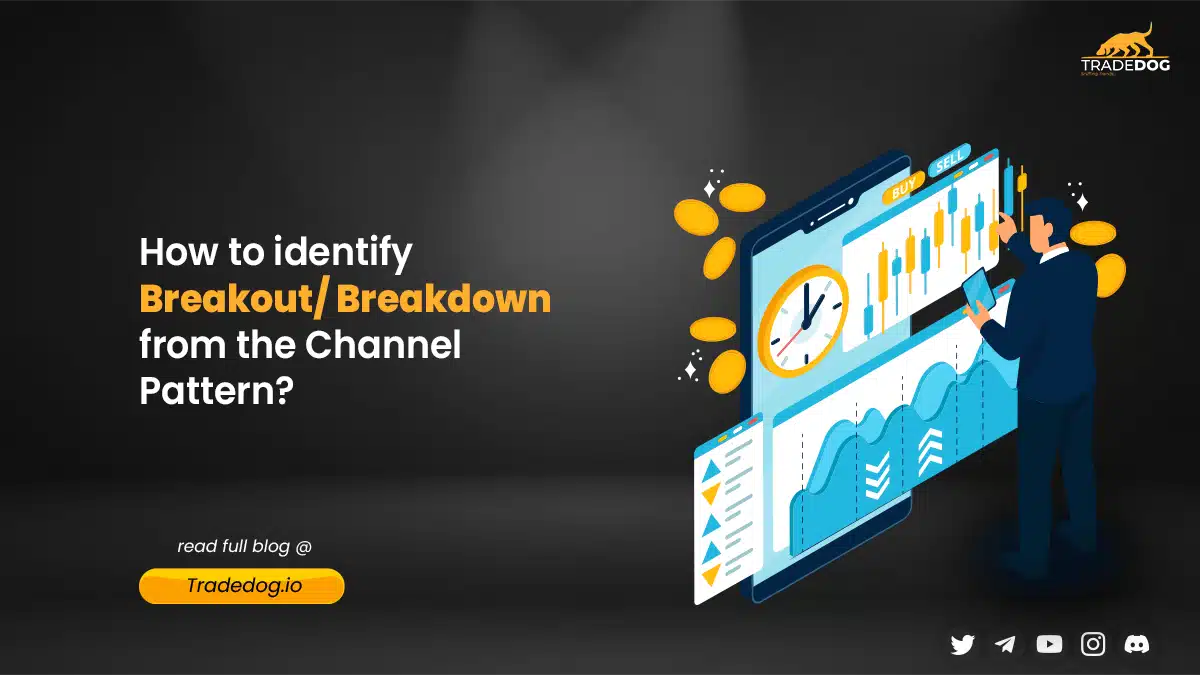Quick Links
Trading has existed for centuries and swing trading has become a recognised strategy for taking advantage of longer-term price trends. Swing trading is a trading strategy that involves buying and holding assets for a period ranging from several days to a few weeks, to profit from the crypto price movements. In this article, we will explore different crypto swing trading strategies that can help traders profit from longer-term crypto price trends.
Explanation of Swing Trading
Swing trading is a type of trading strategy that seeks to take advantage of long-term price movements in the market. Swing traders look for opportunities to buy an asset when it is at a low price and then sell it when the price goes up. Unlike day traders, who buy and sell assets within the same day, swing traders hold their positions for a longer period, usually from several days to a few weeks. The goal of swing trading is to capture the market swings that occur during the holding period and hence generate profits.
Benefits and Risks of Swing Trading Cryptocurrencies
Swing trading has several benefits for traders as it provides the potential to profit from both upward price movements, as well as the ability to hold positions for a longer time than day traders. This means that swing traders can take advantage of longer-term price trends without having to constantly monitor the market.
However, swing trading also has its risks. One of the major risks of swing trading is the potential for large losses if the price of the asset moves against the trader. Additionally, swing trading requires a lot of discipline and patience, as traders must be able to hold their positions for longer periods without becoming emotionally attached to the asset. Hence, investors need to have a proper stop loss to prevent huge losses.
How to Choose the Right Cryptocurrency for Swing Trading
When choosing a cryptocurrency for swing trading, there are several factors to consider. One of the most important factors is liquidity, as this can affect the ease of buying and selling the asset. Other factors to consider include the volatility of the asset, the overall market trend, and any upcoming news or events that could affect the price of the asset.
Trend-Following Strategy for Crypto Swing Trading
Trend-following is a popular strategy for swing traders, as it involves identifying and following longer-term price trends. This strategy involves buying an asset when the price is in an uptrend and selling when the price is in a downtrend. To identify longer-term price trends, swing traders can use technical indicators such as moving averages or the relative strength index (RSI).
How to Identify Longer-Term Price Trends
To identify longer-term price trends, swing traders can use technical analysis to analyze price charts and identify patterns. One popular way to identify trends is to use moving averages, which are used to smooth out price data and identify the direction of the trend. Traders can also use the relative strength index (RSI) to identify overbought or oversold conditions, which can indicate a potential trend reversal.
Mean Reversion Strategy for Crypto Swing Trading
The Mean Reversion Strategy is based on the idea that prices of assets will eventually revert to their average value after experiencing temporary fluctuations. In the context of crypto swing trading, this means identifying when a cryptocurrency’s price deviates significantly from its average price and then buying or selling based on the expectation that the price will eventually return to its mean. This strategy involves identifying oversold assets using technical indicators such as the RSI or the stochastic oscillator.
Using Mean Reversion to Identify Buying Opportunities
To identify oversold assets using mean reversion, swing traders can use technical indicators such as the RSI or the stochastic oscillator. These indicators can be used to identify assets that are trading below their average price and are potentially undervalued. Traders can then buy these assets with the expectation that the price will revert to the mean.
Advanced Swing Trading Techniques
Once you have mastered the basic strategies, it’s time to take your swing trading to the next level with some advanced techniques.
One such technique is using technical analysis tools like Moving Averages, Relative Strength Index (RSI), and Bollinger Bands to identify trends and momentum. These tools can help you identify entry and exit points for your trades and help you make more informed decisions.
Another advanced technique is using multiple timeframes to analyze the market. By looking at multiple timeframes, you can get a better understanding of the longer-term trend and the short-term movements within that trend. This can help you identify buying and selling opportunities at different points in the trend.
Finally, it’s important to keep a trading journal and track your trades. This can help you identify patterns and mistakes in your trading and improve your strategies over time.
FAQs
How Long Should I Hold My Swing Trades?
The length of time you hold your swing trades will depend on your trading strategy and the specific financial asset you are trading. Some swing traders hold their trades for a few days, while others may hold them for a few weeks or even months.
It’s important to have a clear exit strategy in place before you enter a trade. This can help you avoid emotional decisions and stick to your trading plan. You should also regularly review your trades and adjust your strategy as needed based on market conditions.
Can Swing Trading Be Profitable for Beginners?
Yes, swing trading can be profitable for beginners, but it requires time and effort to develop a solid trading strategy and gain experience. It’s important to start small and focus on learning the basics before moving on to more advanced strategies.
You should also practice good risk management by using stop-loss orders and position sizing. This can help you minimize your losses and protect your capital while you are learning.
How Do I Manage My Risk When Swing Trading Cryptocurrencies?
Managing risk is crucial when swing trading cryptocurrencies. You should always use stop-loss orders to limit your losses if a trade goes against you. You should also consider using position sizing to ensure that you are not risking too much of your capital on any one trade.
It’s also important to stay up-to-date with market news and events that could impact the price of the cryptocurrency you are trading. This can help you make more informed trading decisions and avoid unexpected losses.
What Are the Best Cryptocurrency Exchanges for Swing Trading?
Many cryptocurrency exchanges offer swing trading, but some of the most popular ones include Binance, Bitfinex, and Coinbase Pro. When choosing an exchange, it’s important to consider factors like trading fees, security, and the variety of cryptocurrencies offered.
How Can I Develop My Own Swing Trading Strategy?
Developing your swing trading strategy requires research, practice, and patience. You should start by learning the basics of technical analysis and identifying the strategies that align with your trading goals and risk tolerance.
Once you have a basic strategy in place, you should test it on a demo account or with small amounts of capital before risking larger amounts. You should also regularly review your trades and adjust your strategy as needed based on market conditions and your performance.
Conclusion:
Swing trading can be a profitable way to trade crypto if you have a solid strategy in place and are willing to put in the time and effort to gain experience. By following the strategies and techniques outlined in this article and practising good risk management, you can increase your chances of success in the crypto markets. Remember to always stay up-to-date with market news and events and be willing to adjust your strategy as needed.













